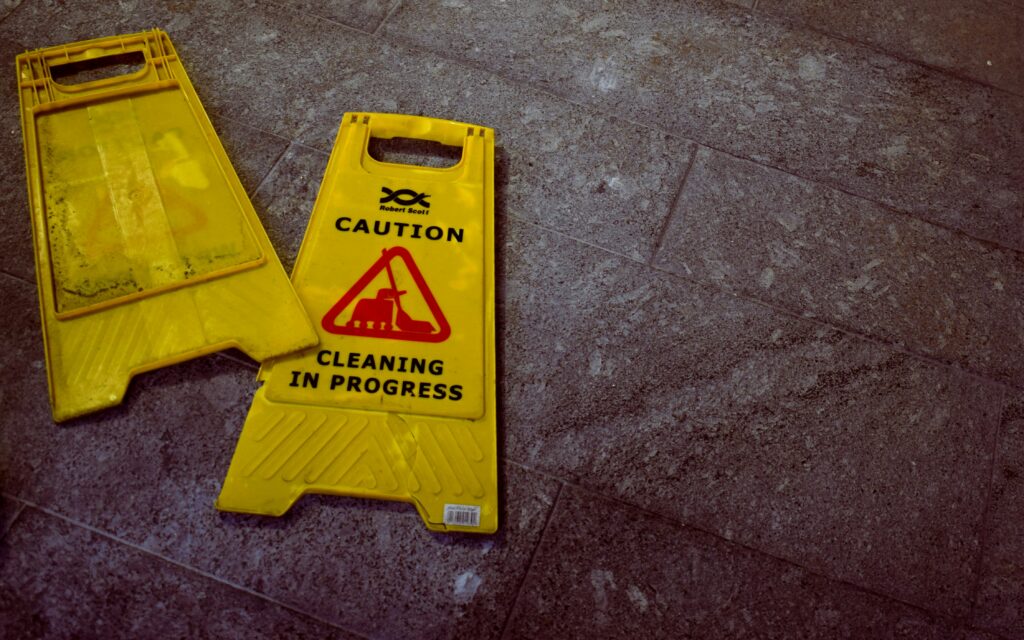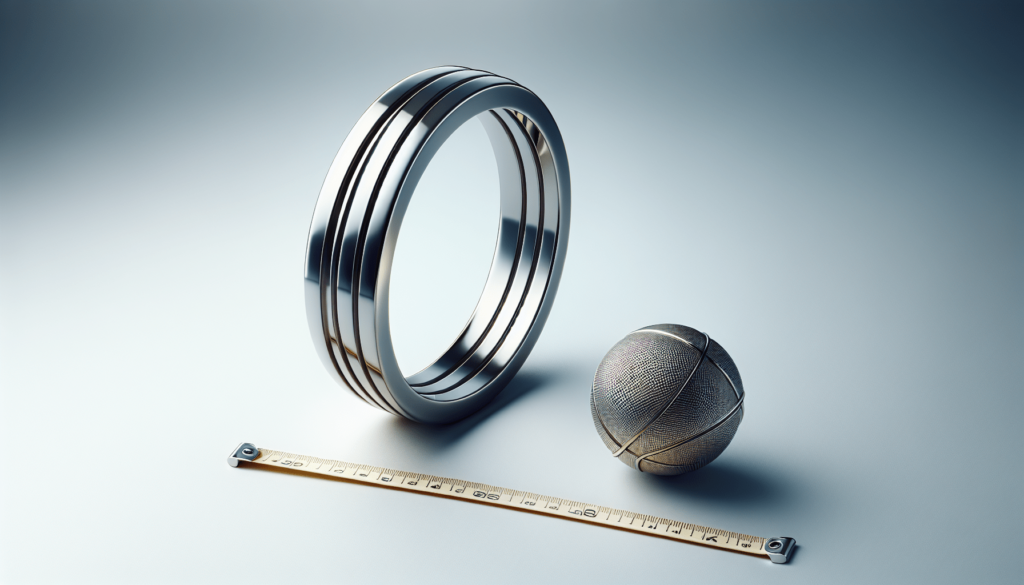Do you ever wonder if your cock ring might be too tight? Whether you're a seasoned pro with cock rings or a newcomer looking to spice things up, it's crucial to use them safely and effectively.
Understanding How Cock Rings Work
Before diving into the signs that a cock ring might be too tight, let's understand how they function. Cock rings are typically used to maintain erections, enhance sexual pleasure, and prolong ejaculation. They work by constricting the blood flow out of the penis, thereby keeping the blood trapped inside to maintain fuller, harder erections.
Types of Cock Rings
There are various types of cock rings available, each made from different materials and designed for various uses. Here's a quick overview:
| Type of Cock Ring | Material | Characteristics |
|---|---|---|
| Adjustable Cock Rings | Leather, Velcro | Easy to adjust to size |
| Metal Cock Rings | Stainless Steel | Firm, no flexibility |
| Silicone Cock Rings | Silicone | Flexible, can stretch |
| Vibrating Cock Rings | Various materials | Include vibrators for extra sensation |
Understanding the type of cock ring you're using can play a significant role in recognizing whether it's fitting properly.

Signs Your Cock Ring Might Be Too Tight
Now that you know how they work and the types available, let's delve into the signs that indicate your cock ring might be overly tight. Recognizing these signs early can prevent potential harm and ensure a pleasurable experience.
Pain and Discomfort
Perhaps the most obvious sign that a cock ring is too tight is experiencing pain and discomfort. If you feel any sharp pain, throbbing, or aching, it's a clear indicator that the ring is restricting blood flow too much. Discomfort isn't limited to just the penis; you might feel it in the surrounding areas too.
Numbness
Another red flag to watch out for is numbness. When a cock ring is too tight, it can impede blood flow to the extent that you start losing sensation. Numbness in the penis can be dangerous as it may lead to tissue damage if not addressed promptly.
Discoloration
A significant indicator of an overly tight cock ring is discoloration of the penis. If you notice your penis turning a deep red or even a bluish-purple, it's a sign that blood isn't flowing properly. Mild redness can be normal, especially if you're aroused, but any drastic color changes should be taken seriously.
Cold Temperature
Monitor the temperature of your penis while using a cock ring. If it starts to feel cold to the touch, it suggests inadequate blood circulation. This is not only uncomfortable but can lead to more severe issues if ignored.
Swelling
Swelling can indicate that a cock ring is too tight, especially if it doesn’t subside after a few minutes. Occasional mild swelling might not be alarming, but prolonged swelling needs attention. It can lead to complications like permanent damage if left unaddressed.
Difficulty Urinating
Another worrisome sign is difficulty in urinating. A cock ring that’s too tight can press against the urethra, making it hard to urinate. If you find yourself struggling with this, it’s best to remove the ring immediately.

Immediate Steps to Take
If you identify any of these signs, it’s essential to act swiftly. Here's what you can do:
- Remove the Cock Ring: The first and foremost step is to remove the cock ring gently. Avoid panicking, as anxiety can exacerbate the situation.
- Massage the Area: Lightly massage the penis to promote blood flow and alleviate any discomfort.
- Apply a Warm Compress: Using a warm compress can help restore normal blood flow and reduce numbness or cold sensations.
- Seek Medical Advice: If symptoms persist or if you’re in severe pain, seeking medical advice is crucial.

Tips for Safe Use
To avoid any potential problems, follow these safety tips:
Choose the Right Size
Selecting the appropriate size is key. If it’s your first time using a cock ring, it's advisable to opt for adjustable ones. Measuring your penis before purchasing can also help in choosing the right size.
Limit Usage Time
Don’t keep a cock ring on for too long. Extended use can significantly impair blood circulation and increase the risk of injury. Experts generally recommend keeping it on for no more than 20 to 30 minutes.
Use Lubrication
Using lubrication can make it easier to put on and remove the cock ring. This can also help prevent chafing and discomfort.
Monitor Your Body’s Response
Always pay close attention to how your body reacts. If you notice any of the signs mentioned earlier, don’t hesitate to remove the ring and give your body a break.

Debunking Myths and Misconceptions
There are several myths surrounding the use of cock rings. Let's clear some of them up:
Myth: Tighter is Better
One common misconception is that a tighter cock ring will always result in better erection quality and increased pleasure. However, excessive tightness can lead to severe complications, as discussed earlier.
Myth: No Pain, No Gain
Another myth is that some amount of pain is normal and should be endured for the sake of heightened pleasure. This is not true. Pain is your body’s way of signaling that something is wrong. Listening to your body is essential for safe and enjoyable use.
Myth: Only Metal Cock Rings Are Effective
While metal cock rings are indeed effective due to their firmness, they are not the only effective option. Silicone and adjustable rings can be just as effective and more forgiving in terms of size and fit.

Final Thoughts
Understanding the signs of a too-tight cock ring is crucial for safe and enjoyable use. Monitoring for symptoms like pain, numbness, discoloration, cold temperature, swelling, and difficulty urinating can help you identify potential issues before they become severe. Always remember to choose the right size, limit usage time, and use lubrication to enhance your experience. Debunking common myths can also guide you to make informed decisions for a pleasurable and safe time.
Using this knowledge, you can ensure that your experiences with cock rings are both pleasurable and safe. Whether you are experimenting solo or with a partner, being informed will make all the difference.

